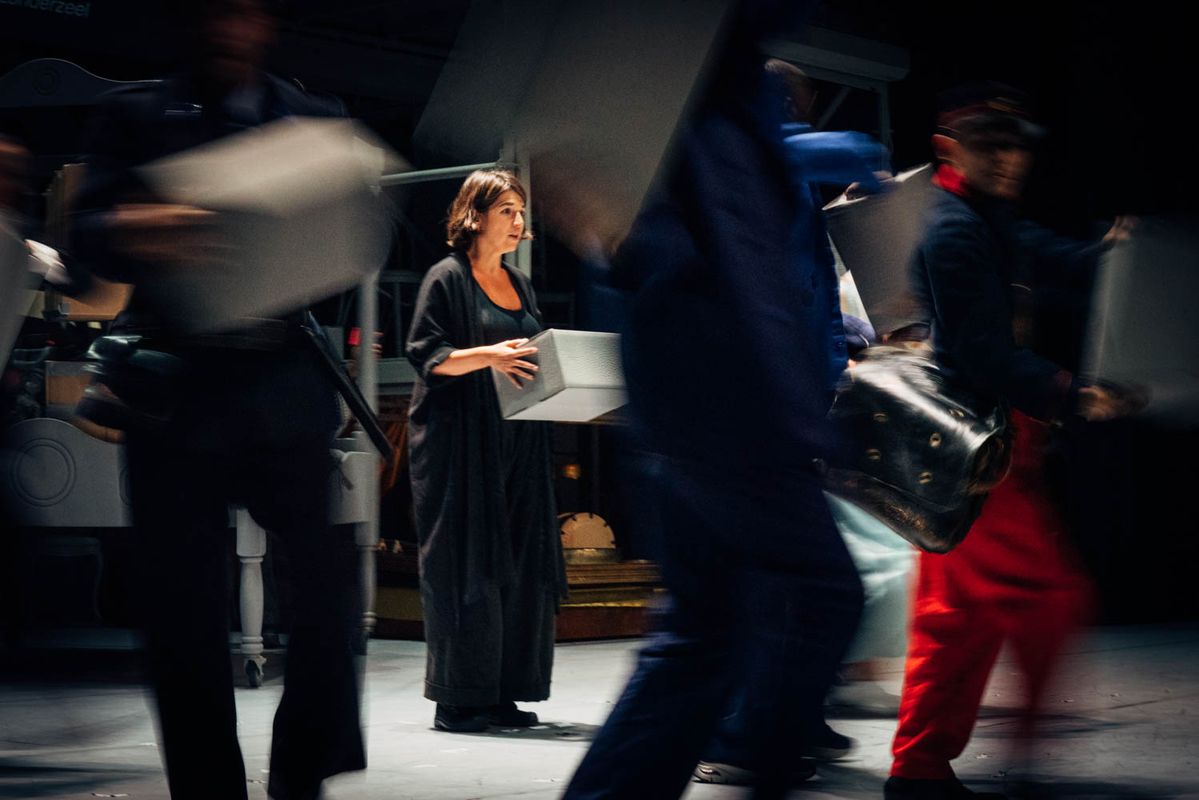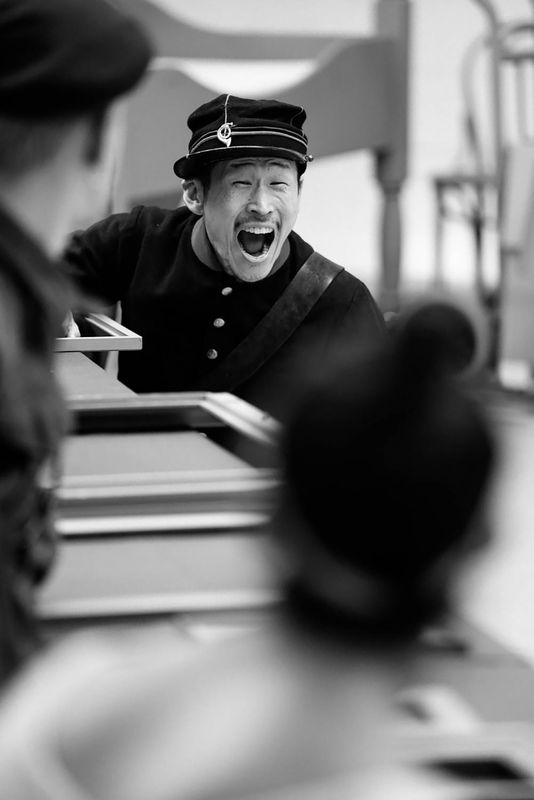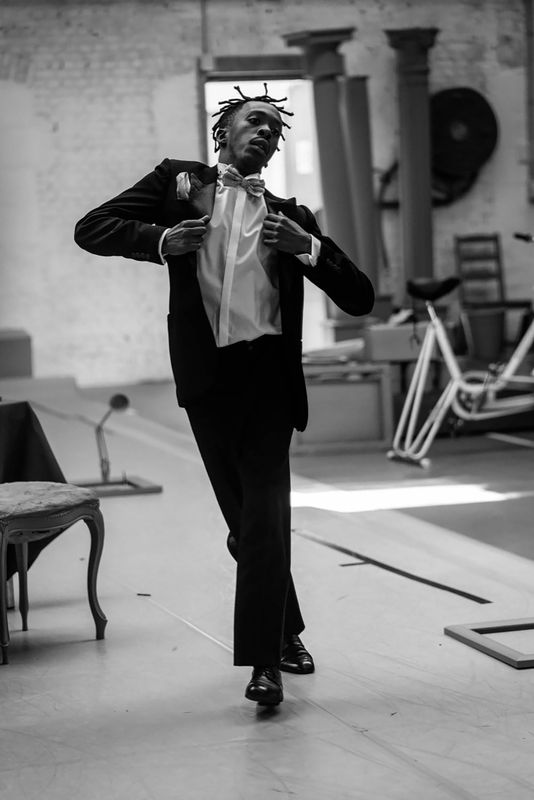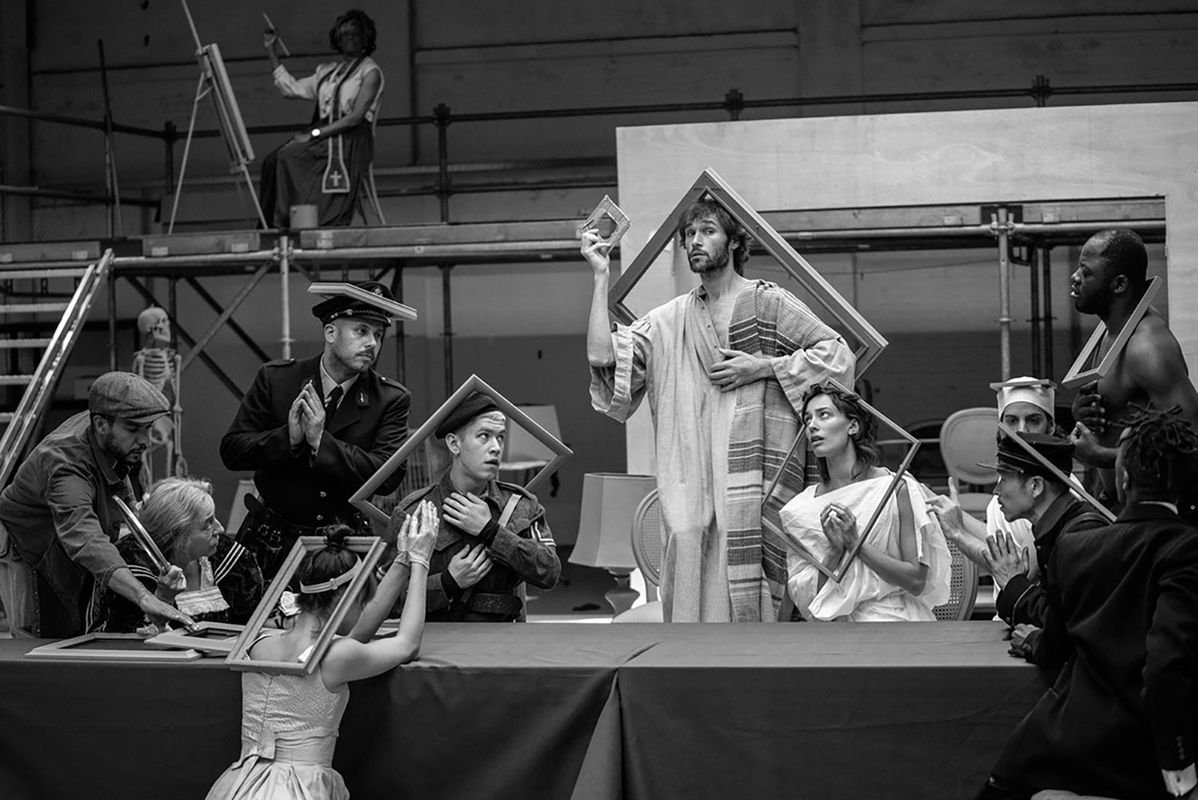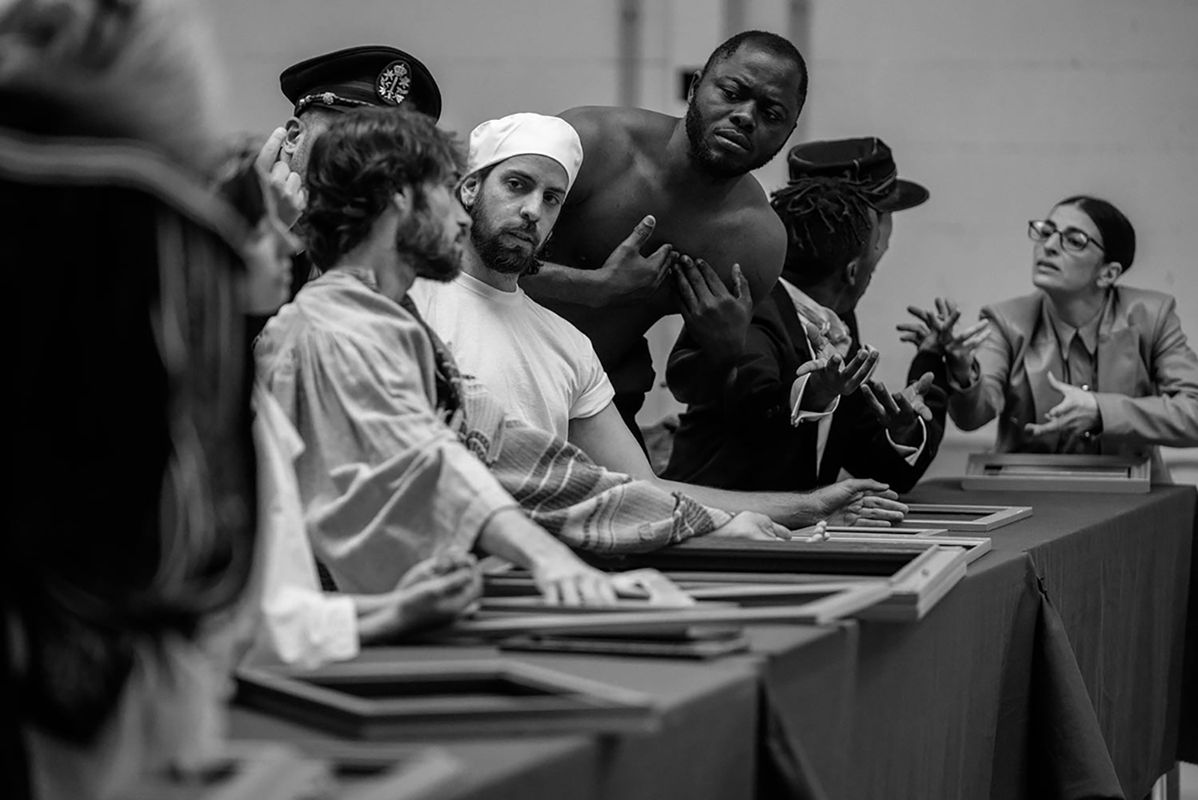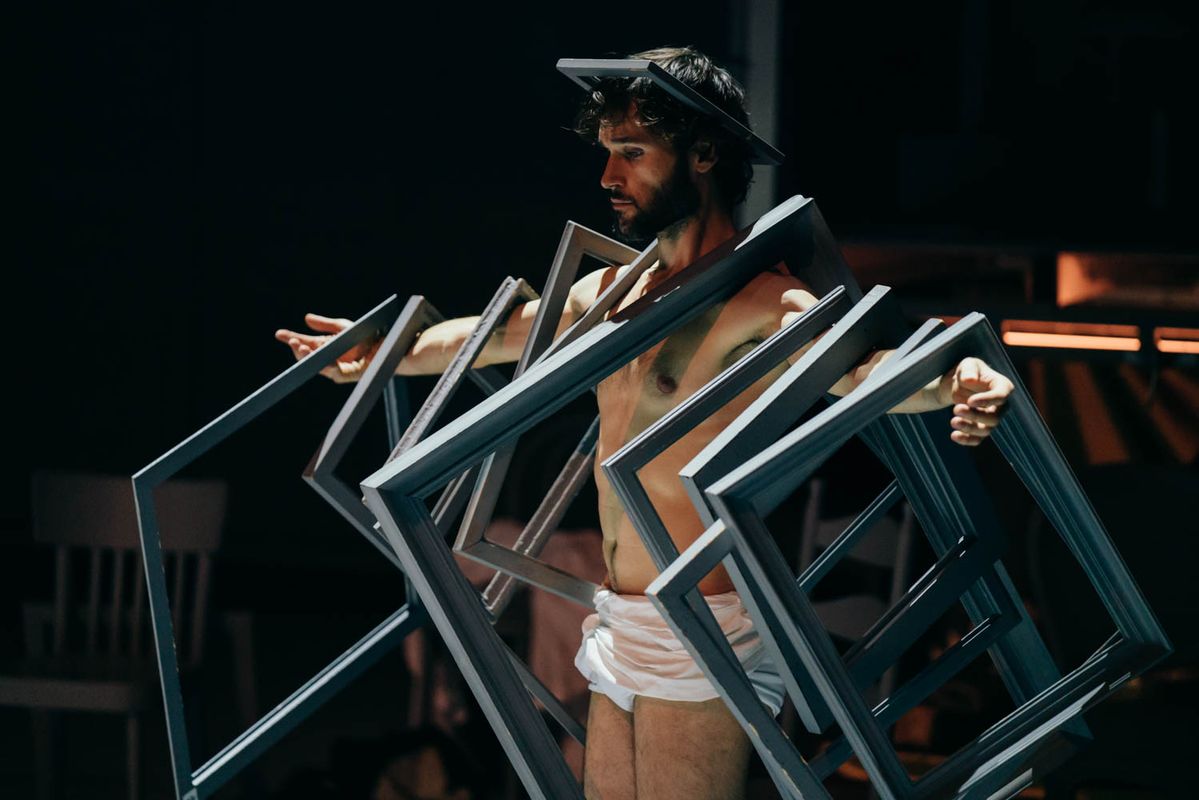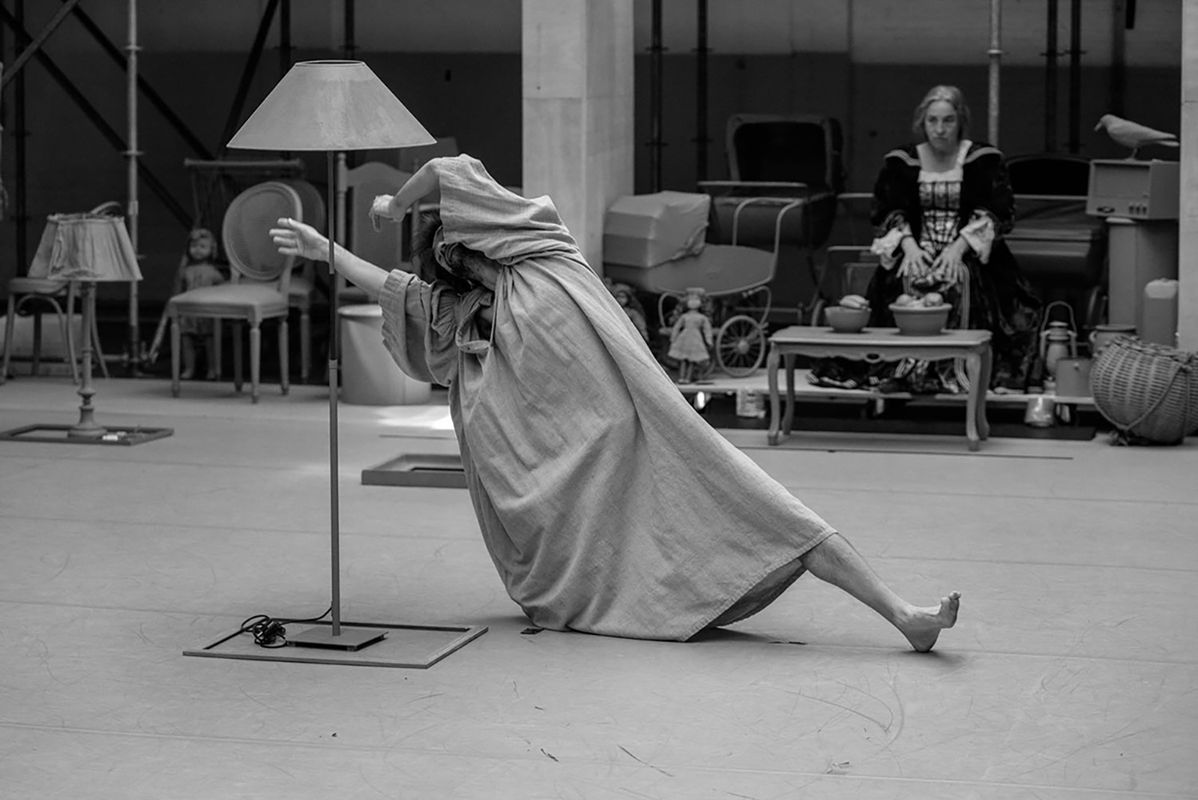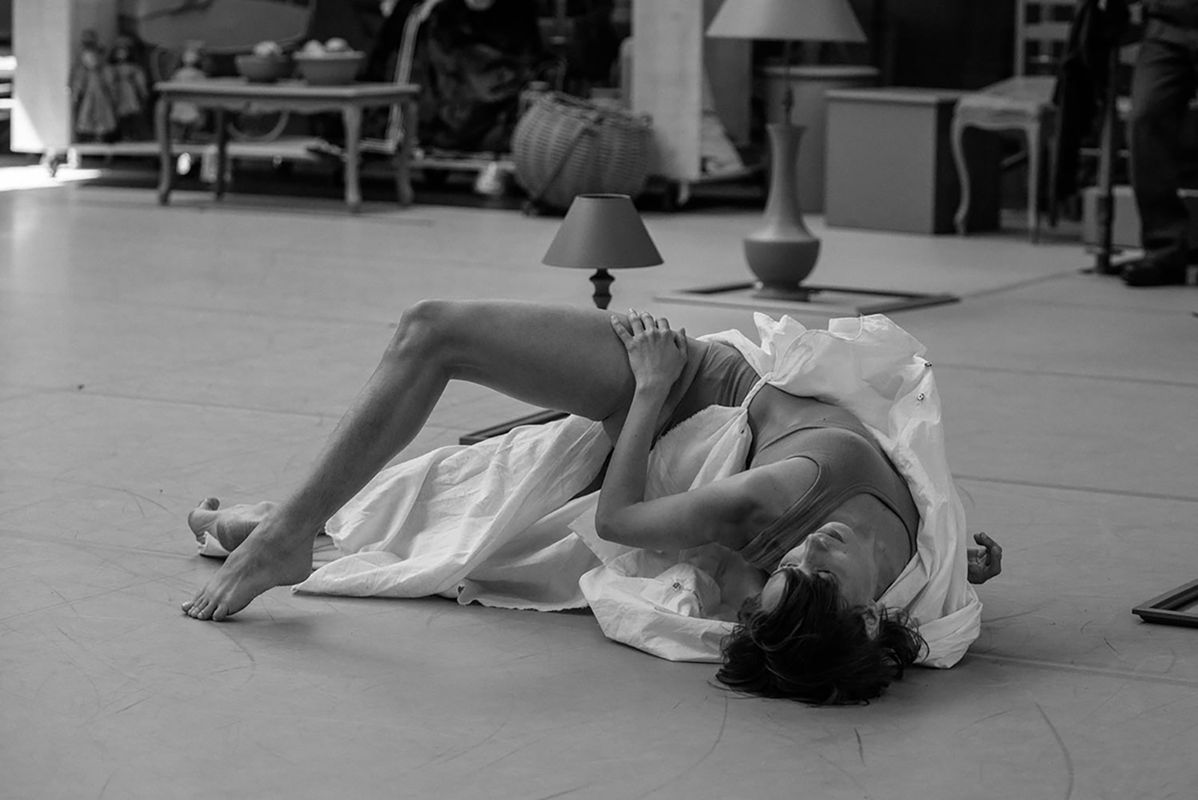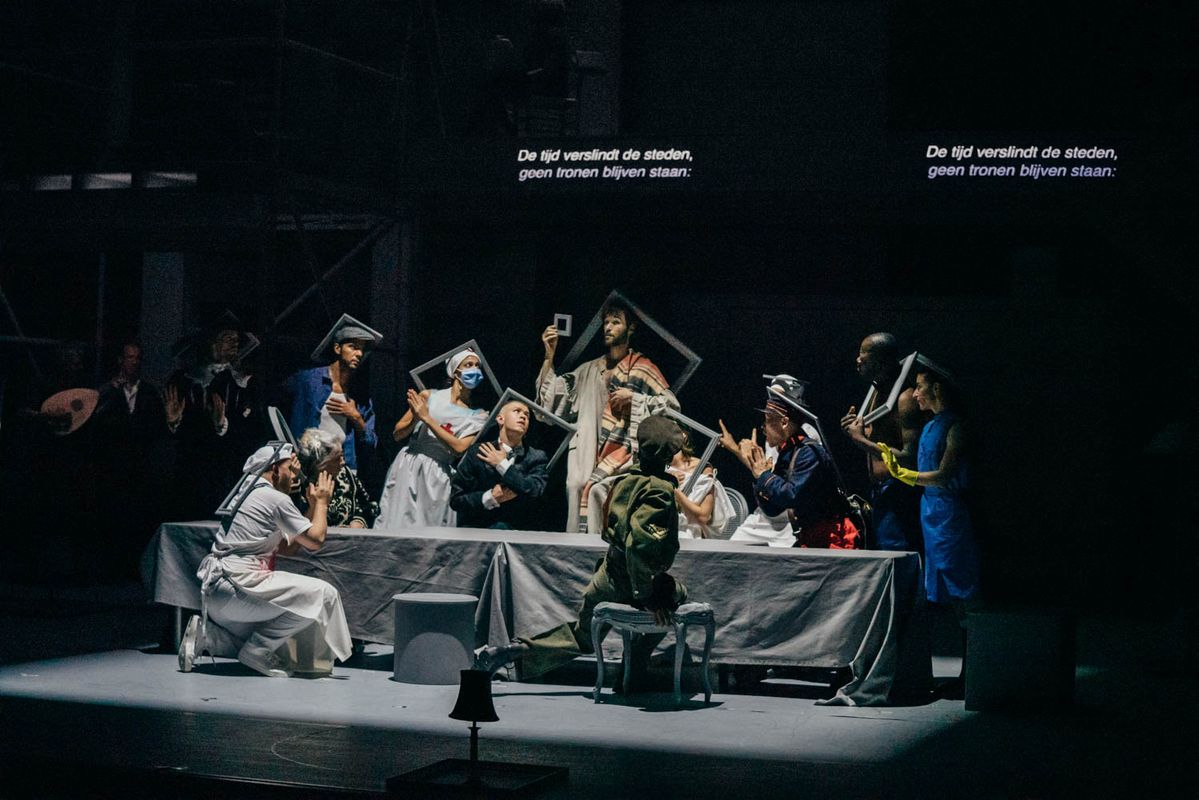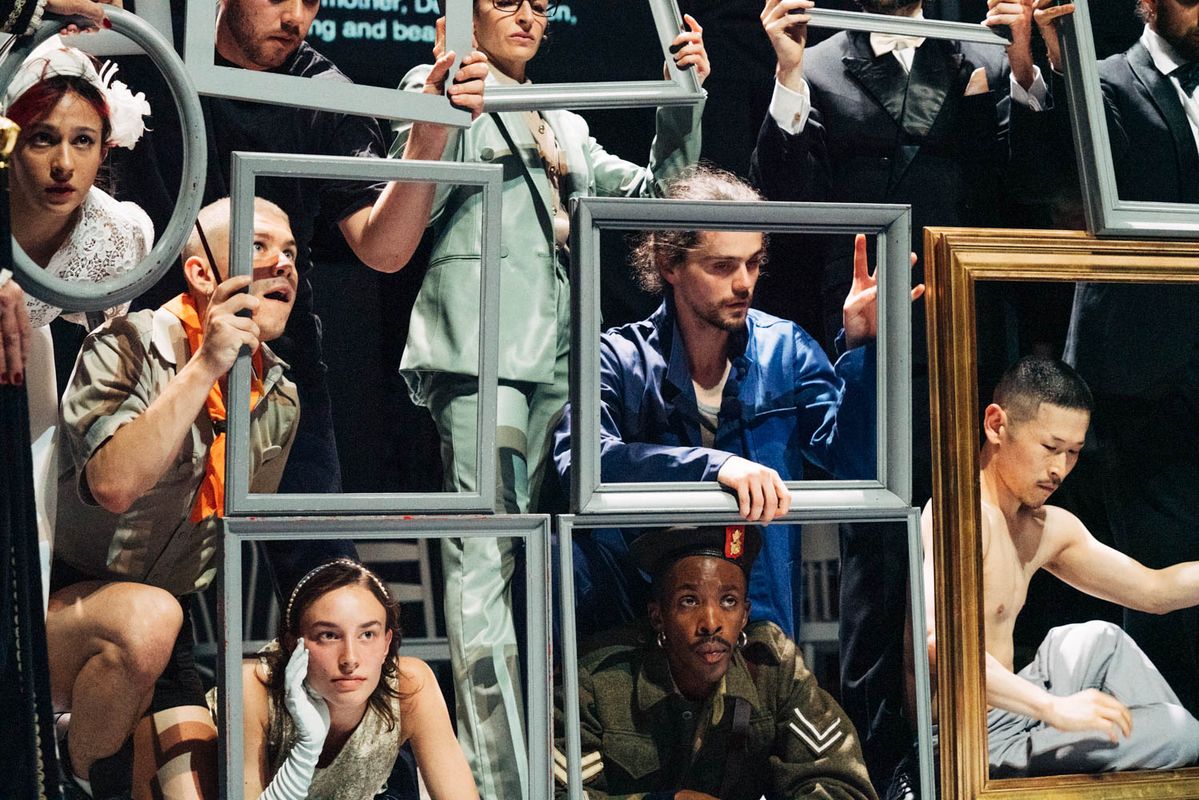Vlaemsch (chez moi)
-
15.06.202220:00 - 22:00KVS, BrusselsKVS BOL
-
16.06.202220:00 - 22:00KVS, BrusselsKVS BOL
-
17.06.202220:00 - 21:40KVS, BrusselsKVS BOL
-
18.06.202220:00 - 21:40KVS, BrusselsKVS BOL
-
19.06.202215:00 - 16:40KVS, BrusselsKVS BOL
-
21.06.202220:00 - 21:40KVS, BrusselsKVS BOL
-
22.06.202220:00 - 21:40KVS, BrusselsKVS BOL
Claiming your roots can be a dangerous thing and can lead to fear or rejection of ‘those who are not from here’. But if we look at our family trees, we will notice that we are connected to a multitude of origins from far and away. This melting pot of influences forms our DNA and inspires the work of Belgian-Moroccan choreographer Sidi Larbi Cherkaoui musically, visually and theatrically: “Isolation is uninteresting. Being Flemish is a fluid identity, like any identity.”
What does it mean for an artist to be Flemish when art doesn’t stop at borders? When the influences largely come from ‘elsewhere’, when the artistic work is nourished by encounters from travels all over the world? Both humans and art are migrants by nature.
Flanders went through a period of cultural and economic prosperity in the 15th century, when artists where the main standard bearers for the region. The influence of Flemish polyphonic composers on music history is comparable to that of the Flemish primitives on art history. The fiamminghi, as artists from the Low Countries were then called, were reputed as innovative, free spirits, who did not allow borders to encapsulate them. They did not shy away from experiment, worked internationally, and were open to foreign influences. Both in music and painting, the major names enjoyed a superstar status, with secular and religious patrons fighting over their talents. Sidi Larbi Cherkaoui, Hans Op de Beeck, Jan-Jan Van Essche and Floris De Rycker live and work in Flanders today and as contemporary Flemish artists, they have always been in dialogue with this rich past.
Between that period of prosperity and today, the development and economy of this ‘flat country’ have known their ups and downs, with borders repeatedly closing and reopening. It’s as if Flanders choreographs this exchange between falling back on itself and absorbing foreign identities to the rhythm of the tides.
La Monnaie and KVS join forces to present Vlaemsch on stage: a prestigious collaboration within the Troika project.
What does it mean for an artist to be Flemish when art doesn’t stop at borders?
Extra
Prior to the performance, you can follow an introduction by Timmy De Laet free of charge. This introduction starts at 7.30pm in the atrium.





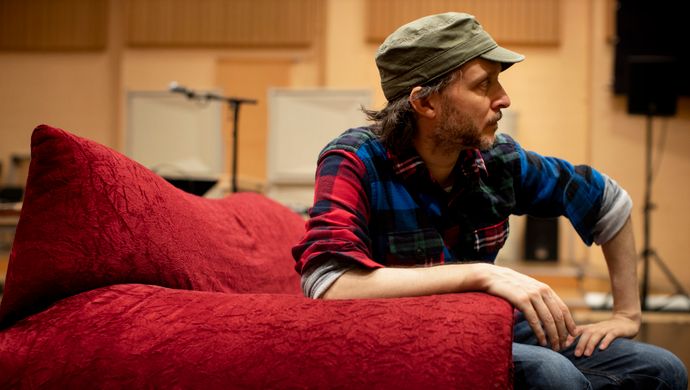
 Interview
Interview

